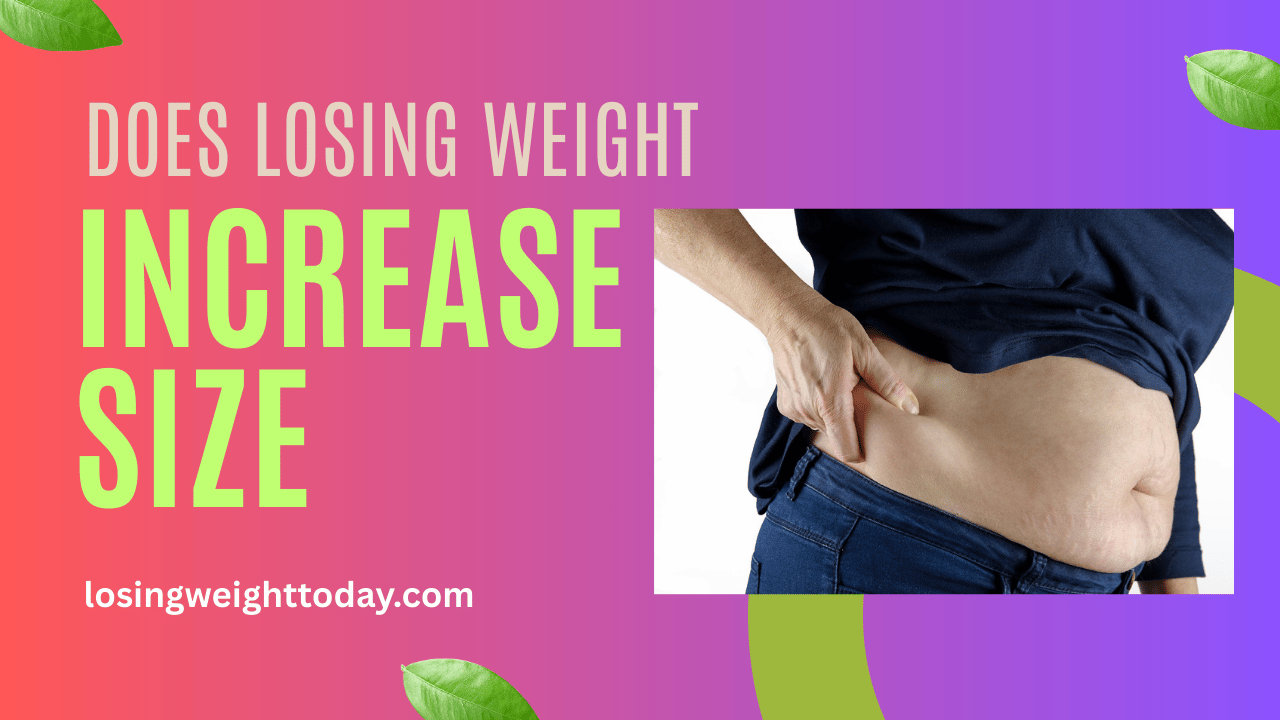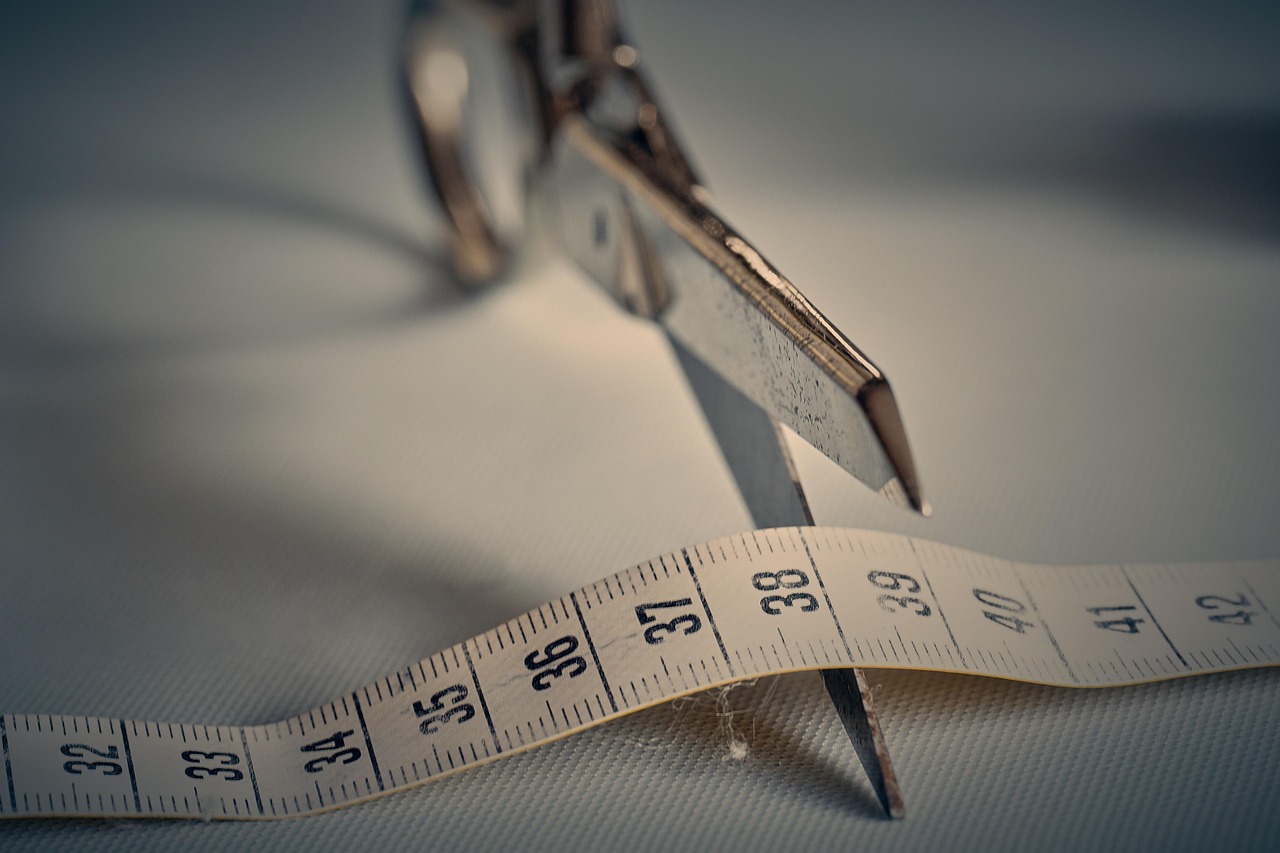When embarking on a weight loss journey, many individuals focus primarily on the expected benefits: improved health, enhanced self-esteem, and a more active lifestyle. However, a question that often arises in conversations regarding weight loss is whether shedding pounds can actually lead to an increase in size – specifically in the context of muscle mass or alterations in body composition. This article delves into the complexities of weight loss, muscle growth, and body transformation to understand the nuanced relationship between losing weight and possibly increasing size.

The Basics of Weight Loss
Weight loss is often a straightforward equation: create a calorie deficit, where you consume fewer calories than your body expends, leading to fat loss. This process is influenced by numerous factors, including diet, exercise, metabolism, and overall health. However, it’s crucial to recognize that weight loss can manifest in different forms—specifically fat loss and muscle loss.
Fat Loss vs. Muscle Loss
- Fat Loss: The primary goal of many weight loss programs, fat loss is the process of reducing the body’s fat stores. Achieving fat loss often results in a decrease in size and changes in body shape. Many individuals aim to lose fat to achieve a more toned appearance.
- Muscle Loss: Unfortunately, inappropriate weight loss, especially through extreme calorie restriction, can lead to muscle loss. This occurs when the body, deprived of adequate nutrients and energy, begins to break down muscle tissue for fuel.
Both fat loss and muscle loss play critical roles in determining an individual’s body composition—the relative proportion of fat to muscle.
The Role of Muscle in Body Composition
Understanding how muscle mass can impact body size is essential, as muscle is denser than fat; meaning it occupies less space for the same weight. Therefore, someone could lose weight yet still “appear” larger if they gain muscle. This concept is especially relevant for individuals engaging in resistance training or strength-building exercises during a weight loss program.
Muscle Hypertrophy: Building Muscle While Losing Fat
Muscle hypertrophy refers to the increase in muscle size as a result of resistance training. The key to achieving hypertrophy while losing weight lies in several critical factors:
- Nutrition: Consuming adequate protein is paramount for muscle repair and growth. A diet rich in lean proteins, healthy fats, and complex carbohydrates supports muscle development even in a caloric deficit.
- Resistance Training: Engaging in regular strength training stimulates muscle fibers to grow. When combined with a calorie deficit, individuals can lose fat while simultaneously building muscle.
- Recovery: Allowing time for the body to recover is crucial to muscle repair and growth. Adequate rest, sleep, and recovery strategies support hypertrophy.
When these elements are effectively balanced, individuals may achieve a body composition that reflects a higher muscle mass versus fat mass—a change that can sometimes lead to an increase in size or a more muscular appearance, even if the overall body weight decreases.
Body Composition Changes: A Complex Interaction
The relationship between weight loss and body size is neither simple nor linear. A decrease in weight can lead to changes in body shape and composition without a direct correlation to size. For example:
- Visual Changes: An individual may lose fat in specific areas while gaining muscle in others, leading to a more toned appearance that could be perceived as larger. For athletes and fitness enthusiasts, the focus often shifts from the scale to body measurements and the overall appearance of muscles.
- Variability Among Individuals: Each person’s body responds uniquely to exercise and diet due to genetic factors, metabolic rates, and hormonal balances. Therefore, while one person might lose fat and gain muscle, leading to a perceived increase in size, another may experience different outcomes.
- Measurement Considerations: Relying solely on weight as an indicator of success is often misleading. Body composition assessments—such as body fat percentage measurements, circumference measurements, and even visual assessments—provide a more comprehensive understanding of body changes.
Psychological Dimensions: Perception of Size
Another essential factor to consider is the psychological aspect of weight loss and size perception. Losing weight can significantly alter how individuals perceive themselves, which can ultimately affect their self-image and confidence. Here are some psychological considerations:
- Body Dysmorphia: For some individuals, the relationship between weight and size can exacerbate body image issues. Losing weight may lead some people to perceive themselves as larger or smaller than they are, creating insecurity or dissatisfaction.
- Comparison with Others: Social media and societal standards often distort perceptions of size and beauty. Individuals may erroneously measure their progress against unrealistic standards, which can influence their feelings about their own size during and after their weight loss journey.
- Empowerment Through Strength: Conversely, many individuals report feeling empowered and stronger as they engage in fitness programs that emphasize not just weight loss but also muscle building. This newfound strength can lead to positive body image changes, regardless of the scale.
Best Practices for Losing Weight While Building Muscle
For those interested in losing weight without sacrificing muscle size or composition, certain strategies can improve the likelihood of achieving both goals simultaneously:
- Integrated Fitness Regimen: Combining cardiovascular activities with resistance training is fundamental for achieving body composition goals. This approach aids in fat loss while promoting muscle growth.
- Nutrition Optimization: A well-rounded diet with an emphasis on protein intake can drive muscle growth. Individuals should focus on whole foods, including lean meats, legumes, whole grains, fruits, and vegetables.
- Stay Consistent: Adhering to a weight loss plan that includes regular exercise and healthy eating can help individuals see gradual but sustainable results. Engaging in structured programs that match personal goals can be beneficial.
- Monitor Progress: Instead of a singular reliance on weight, tracking progress through various metrics—like measurements, body fat percentage, and overall energy levels—provides a clearer picture of changes in size and composition.
Conclusion
The relationship between losing weight and the potential increase in size—particularly in muscle—boils down to individual circumstances and the approach one takes during their weight loss journey. While losing weight primarily leads to a reduction in size, particular attention to muscle-building strategies can counterbalance this effect, allowing for a transformative body composition.
Ultimately, whether your goal is weight loss, muscle gain, or both, the journey should focus on making holistic and sustainable lifestyle choices that improve both physical and mental well-being. Emphasizing strength, body composition changes, and healthy habits over mere numbers on the scale is paramount for achieving lasting satisfaction and a positive body image in the long run. As with any fitness endeavor, seeking guidance from qualified professionals, including nutritionists and personal trainers, can provide invaluable support along the way.


